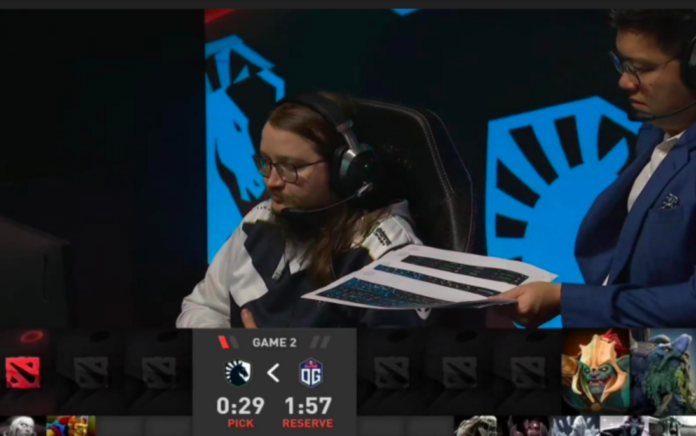SAP, as the official cloud analytics partner of The International 11 (TI 11) annual Dota 2 world championship esports tournament, partnered with game developer Valve to automate and enhance the integration of advanced analytics into the broadcast in milliseconds before and after each match.
“With more than 2.7 million peak concurrent viewers for The International 10, our partnership with SAP will allow us to bring the broadcast for TI 11 to the next level for our fans watching around the world,” said Sarah Kneller, executive producer at Valve.
Lars Lamadé, head of Global Sponsorships at SAP, said that being active in esports, SAP used its technologies to enhance and elevate the fan experience during TI 11.
“With all the knowledge we have gathered in the last years in esports broadcasts, we [added] great features to make TI 11 broadcast as innovative, immersive, and compelling as possible,” said Lamadé
Examples of the pre- and post-match insights available to the broadcast team include the identification of the most successful hero for a single player within the tournament, capturing and comparing win/loss data for different players, and calculating the averages of various tournament metrics, including average match duration, unique heroes played, etc.
Starting with the release of Dota 2 in 2013, Valve created and organised an annual tournament known as The International. TI 11 brought the world’s best Dota 2 players together in Singapore throughout October, reflected in the price pool that reached $40 million in the last year.
Thomas Esser, director global sponsorships at SAP, said the esports sector has experienced enormous growth in recent years, especially in Southeast Asia that has emerged as one of the fastest growing markets.
“With millions of viewers across the world, the challenge remains for broadcasters to make the games as immersive and engaging as possible to truly deliver on the audience experience,” said Esser. “Thankfully, relative to traditional sports, esports generates millions of data points – which holds potential to turn data into value for broadcasters and their audiences as well as professional esports teams and players themselves.
He said their partnership with Valve for TI 11 has demonstrated how leveraging real-time analytics can add additional value with insights on matches, teams, and players.
“Particularly in esports where a matter of seconds can make all the difference, the edge that data-driven insights affords esports teams cannot be understated,” said Esser.
















